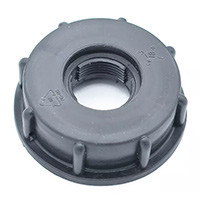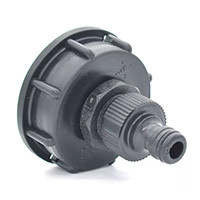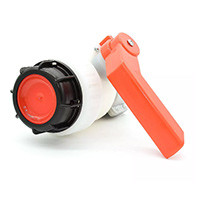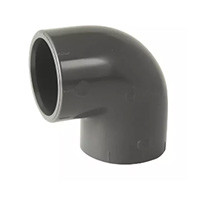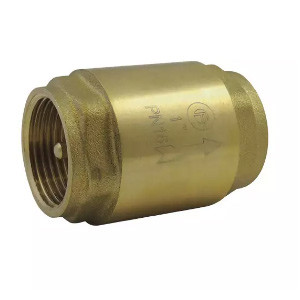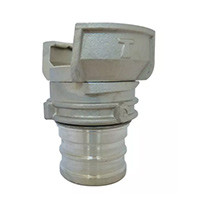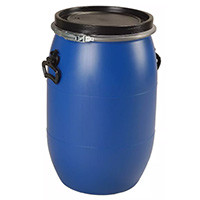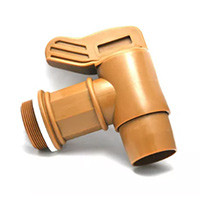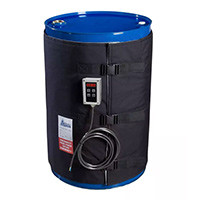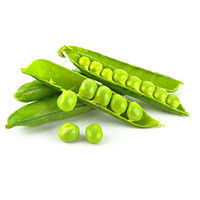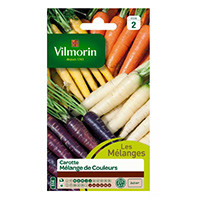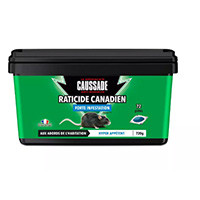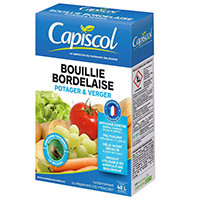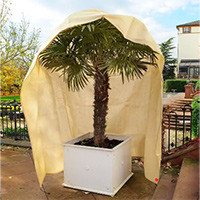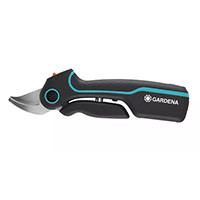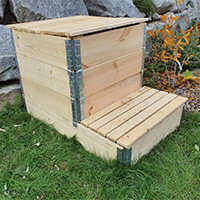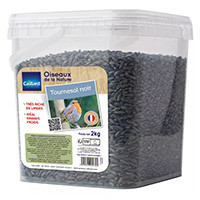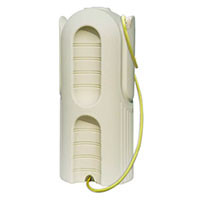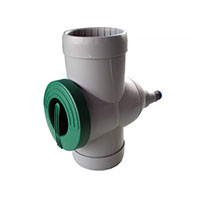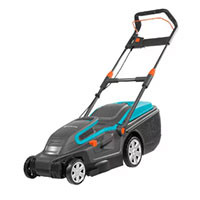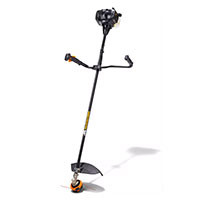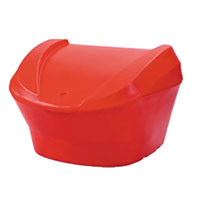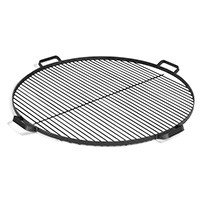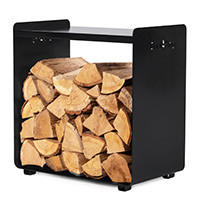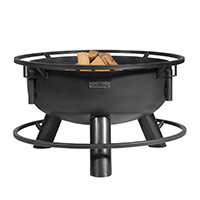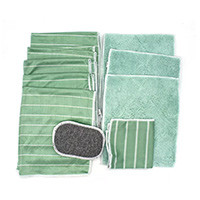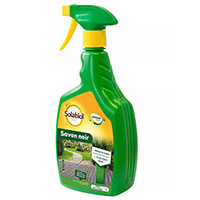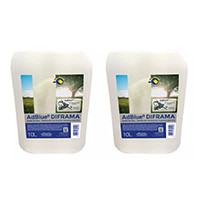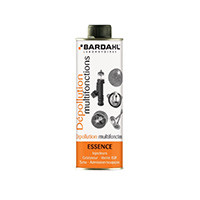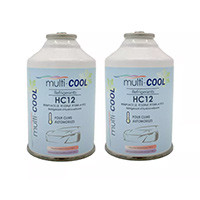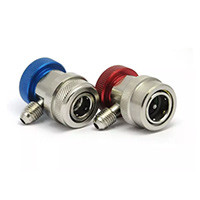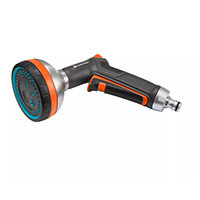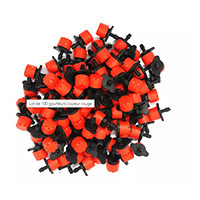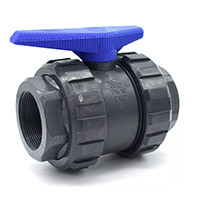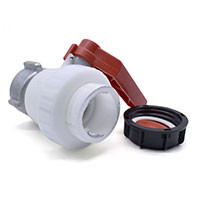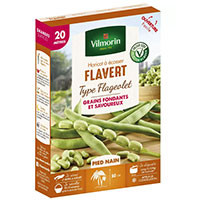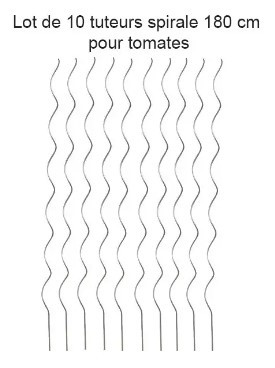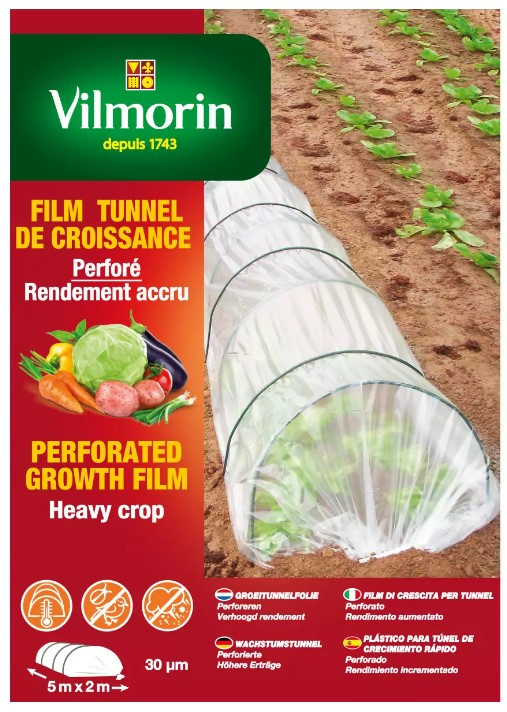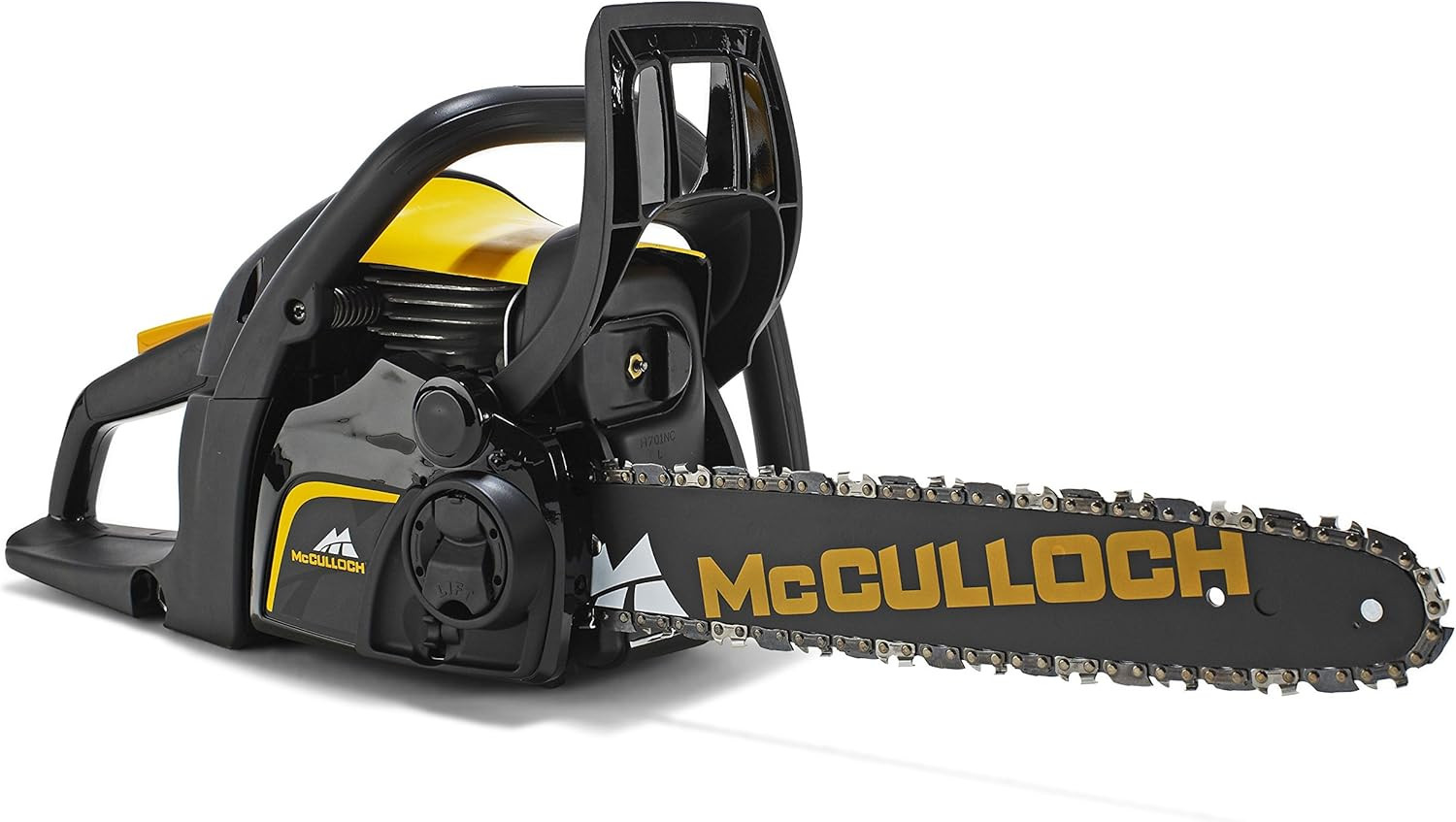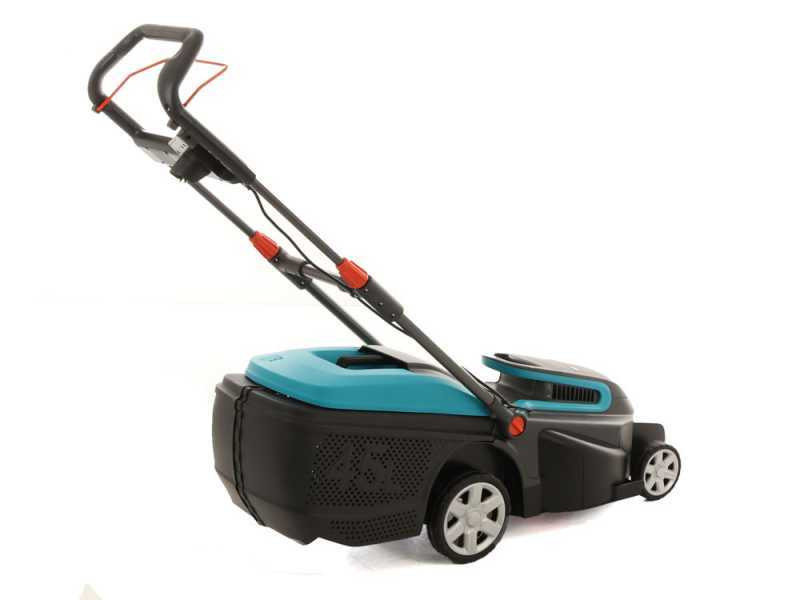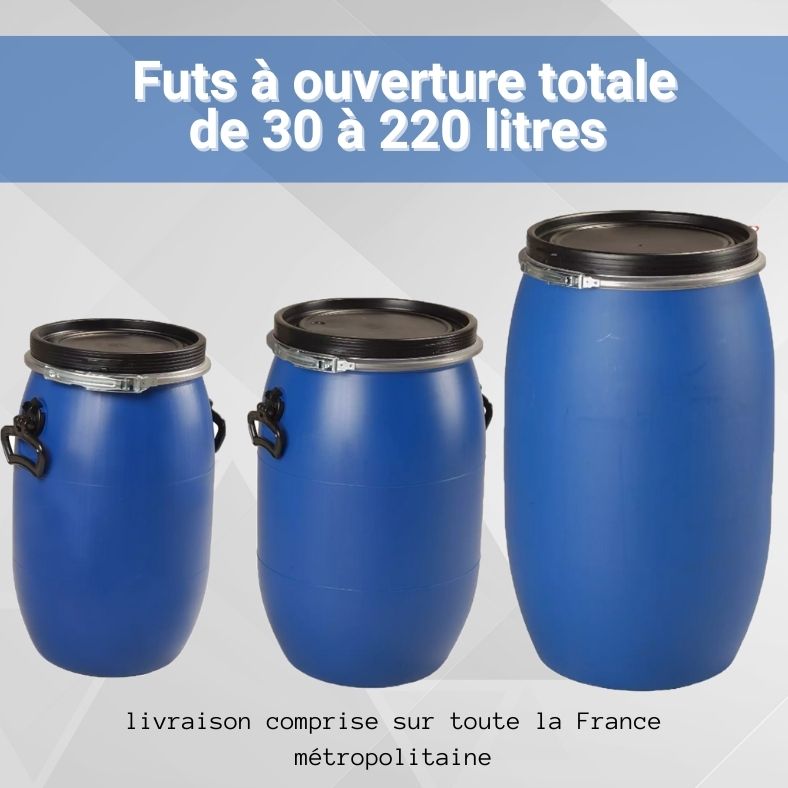Autumn gardening: how to pick up and use dead leaves?
When you see the piles of dead leaves piling up in the four corners of the garden, you can easily get discouraged from picking them up... Unless you think about the various ways to reuse them! Here are some ideas to motivate you.
Picking up dead leaves, why is it necessary?
One may be tempted to let them decompose where they fell... And yet, it's a bad idea! Already, because beyond their unsightly appearance, they form a compact layer of organic matter that can deprive the plants of air and light (especially the grass, which may take on an unfortunate yellow color).
But also, because they can be toxic, such as the dead leaf of walnut, carrying diseases such as oidium or black spots, or a source of danger in rainy weather as they are slippery when they fall on a paved yard or driveway.
If you need to pick up many, remember to put them in the centre of a tarp or large sheet,before tying the corners together so that you can transport them more easily to the place where you intend to use them.
Picking up dead leaves, how to use them
Several tools can be used to pick up dead leaves according to the rules of the art. Among them are:
- The turf broom that looks like a long-toothed rake, the advantage of which is not to damage the grass. It is used as much after the mower has passed to pick up cut blades of grass as it is in the fall to collect dead leaves;
- The blower, which gathers dead leaves in the same place so that it can be reused more easily afterwards, allows the person who uses them to clean the garden of its dead leaves in record time;
- The vacuum blower that stores dead leaves within a certain volume (usually 40 litres), and often allows the stored material to be crushed directly;
- The pickerbroom, which takes the form of a pick-up bin with a rotating broom. Often expensive, it is better suited to larger surfaces but still needs to be emptied regularly.
As for the effect of diseased leaves, don't worry: except in case of extremely virulentcondition, you don't have to worry about the spread of the disease that affects them... So you can leave them among the healthy leaves without worry.
What to do with dead leaves when grouped together?
As organic matter, dead leaves can be used for a variety of purposes, including:
- The establishment of a winter mulch,designed to protect the massifs - especially fragile bulbs such as dahlias, or summer perennials such as annoying ones - from the harsh winter temperatures. To do this, do not hesitate to form a thick mulch at their feet: whether the leaves are crushed or not: the latter will protect their roots by letting air pass through, and at the same time provide a shelter of choice for insects and auxiliaries. If you live in a windy area, don't hesitate to cover this layer of mulch with a fine mesh attached to the ground (and therefore to pack a little more);
- Coverage of bare soilsin order to slow the growth of weeds and limit the phenomenon of leaching due to precipitation. In addition to limiting the development of weeds, the layer of applied leaves will eventually decompose and form an organic matter that will enrich the earth,stabilize the soil and provide shelter for thepedofauna that develops there. Consider spreading the leaves before the first frosts if you hope the leaves will decompose;
- The enrichment of thecompost, once the leaves are crushed. If you have a vacuum blower with a shredder, use it to get a material ready to reach the composter. You can add the last lawn mowings of the fall if you have kept them - or in case there are not many dead leaves, pass the mower without picking them up and add the mowing directly to the compost.
How do I keep compost balanced?
Of course, the dead leaves will be a very good contribution to your compost... However, be careful to maintain the balance between carbon and nitrogen materials: the dead leaves are rich in carbon, so you must make sure to mix them with nitrogen-rich materials. Also consider adding green kitchen waste, nettle purin or comfrey leaves to activate the whole.
If you mix it regularly, this compost should be an excellent soil after a few months, both for your beds and for your vegetable garden - especially for nutrient-intensive plants such as tomatoes. So, dressed and motivated to pick up?!
Visit our Multitanks website to find all our gardening items!

